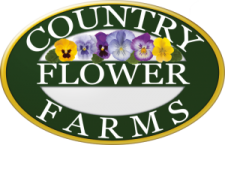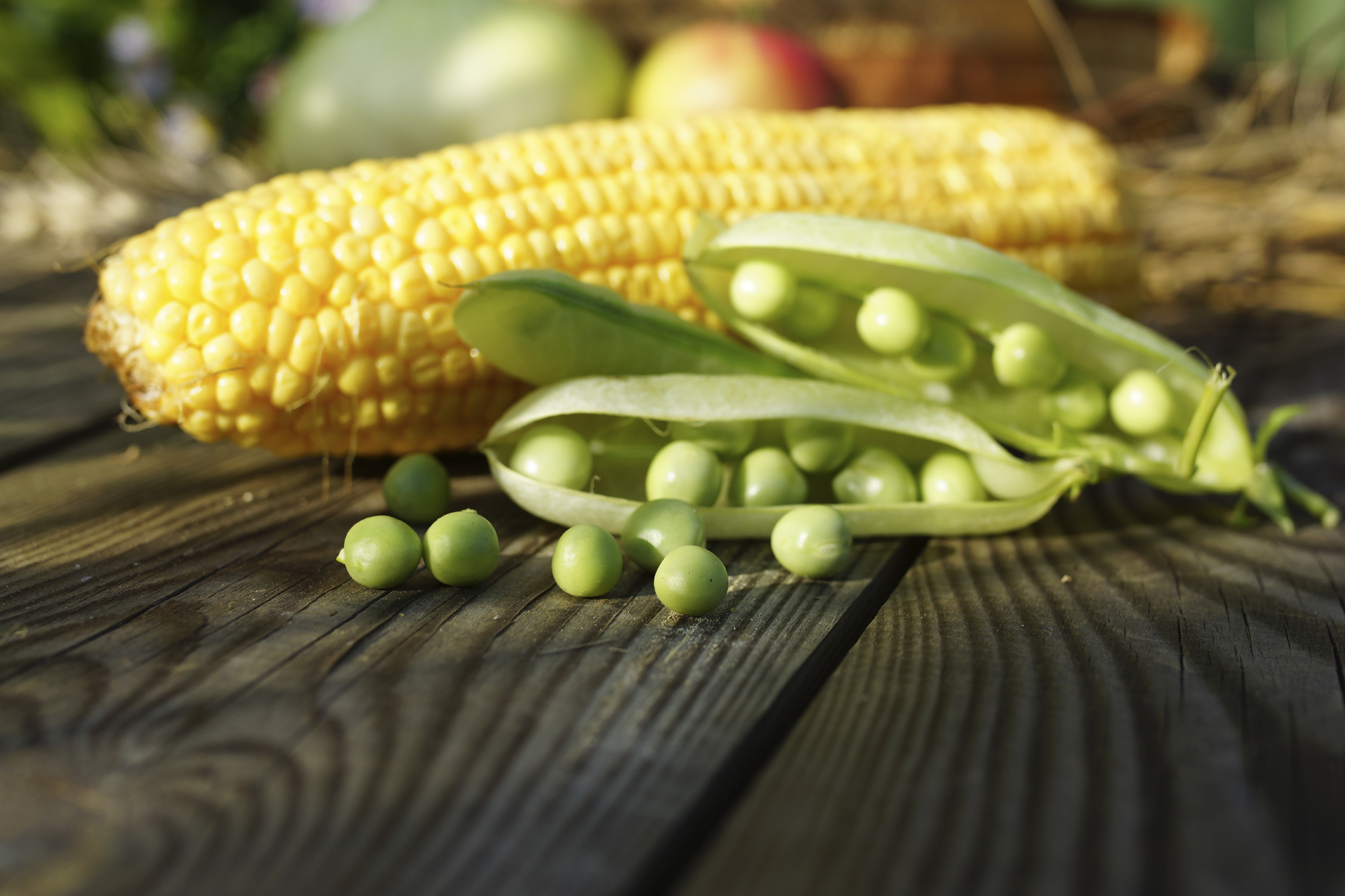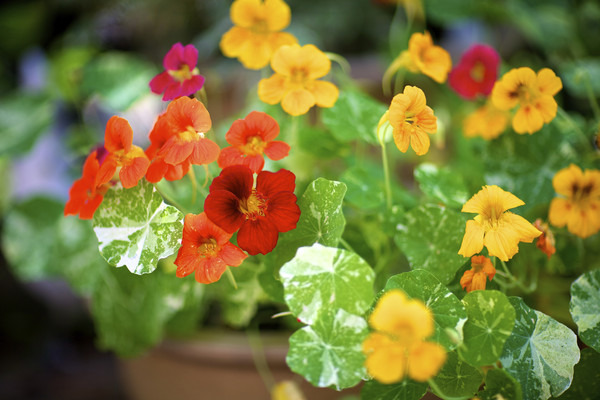Why are bees important?
Bees are responsible for pollination valuing nearly $15 billion in crops such as almonds, other nuts, fruits, vegetables, and berries. In California alone, the almond crop uses 1.3 million bee colonies which is about half of all of the honey bees in the United States. The number of bee colonies has been steadily dropping since the 1940’s while the need for pollination is growing steadily as well. As a result, bees are being imported. This poses a problem in that with the introduction of bees from other areas, there is an introduction in pathogens and pests that are fatal to the bees.
But, where have all of the Bees Gone?
While it doesn't appear that any of the bees have common environmental factors that could attribute to their illness, death, and disappearance, 3 factors have been identified. Pesticides could be a cause of issues with the bees, specifically, neonicotinoids. Another possible cause suggested by researchers is a new parasite or pathogen not yet familiar to the bees. The prime pathogen suspect is Nocema: a parasite that not only causes dysentery in the bees but renders them unable to fly due to disjointed wings as well. This parasite is in addition to the better known Varroa Mite. The third possible cause is an increasing level of stress among the hives. Research has shown that stress in the worker bees can cause decreased immune systems which can make them more susceptible to an array of diseases.
What can be done?
You can switch to natural and organic pesticides in your garden, ones that will not harm the honeybees in your area. Additionally, you can plant bee attracting plants to boost the honeybees and pollination in your area. Some plants that attract honeybees include:
Dill, Borage, Chives, Mint, Oregano,Thyme, Comfrey, Catmint, Sea Holly, Globe Thistle, Coneflower, Cleome, Zinnia, Aster, Alyssum, Salvia, Sedum, Asclepias (Butterfly Weed), Lavender, Joe Pye Weed, Sunflower and many more. Be sure to have plants in your garden for all seasons - spring, summer and fall.















